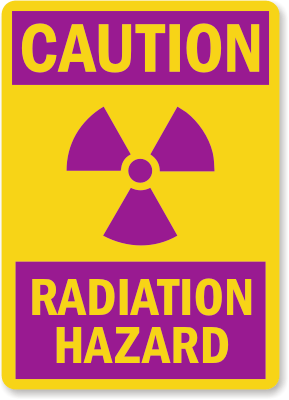This is an excellent website for more info about green highways. I like their inclusion of the entire roadway’s impact on the surrounding environment. Though I wish they would include a discussion of landscapes that require no mowing and the inclusion of indigenous plants.
http://www.greenhighwayspartnership.org/index.php
BACKGROUND
The Green Highways Partnership (GHP) is dedicated to transforming the relationship between the environment and transportation infrastructure. In its nationwide review of green transportation infrastructure, the U.S. House Subcommittee on Technology and Innovation found the GHP to be “the primary federal vehicle for encouraging the use of green transportation infrastructure by state and local governments and private industry.” Such a finding says that this effort is not only unique to the nation, but is the only one of its type serving this critical purpose recognized by Congress.
“All of the Federal Government’s greatest achievements in the last half century involved significant amounts of collaboration across sectors.”
Dr. John Bryson, U.MN-
On exercising government leadership through collaboration.
The Partnership
The GHP serves as a voluntary public-private collaborative that advances environmental stewardship in transportation planning, design, construction, operations and maintenance while balancing economic and social objectives. The Green Highways Partnership is supported by an ever growing list of dedicated and experienced partners. However, the partnership would like to recognize the following partners for their considerable financial and staff support:
The GHP was initiated by the US Environmental Protection Agency (EPA) and the Federal Highway Administration (FHWA) out of a realization that building safe, sound transportation systems and protecting and sustaining a clean and healthy environment were not mutually exclusive, particularly in light of their common denominator, serving the “public good.”
:}
More tomorrow.
:}






















 By Richard Black Environment correspondent, BBC News
By Richard Black Environment correspondent, BBC News